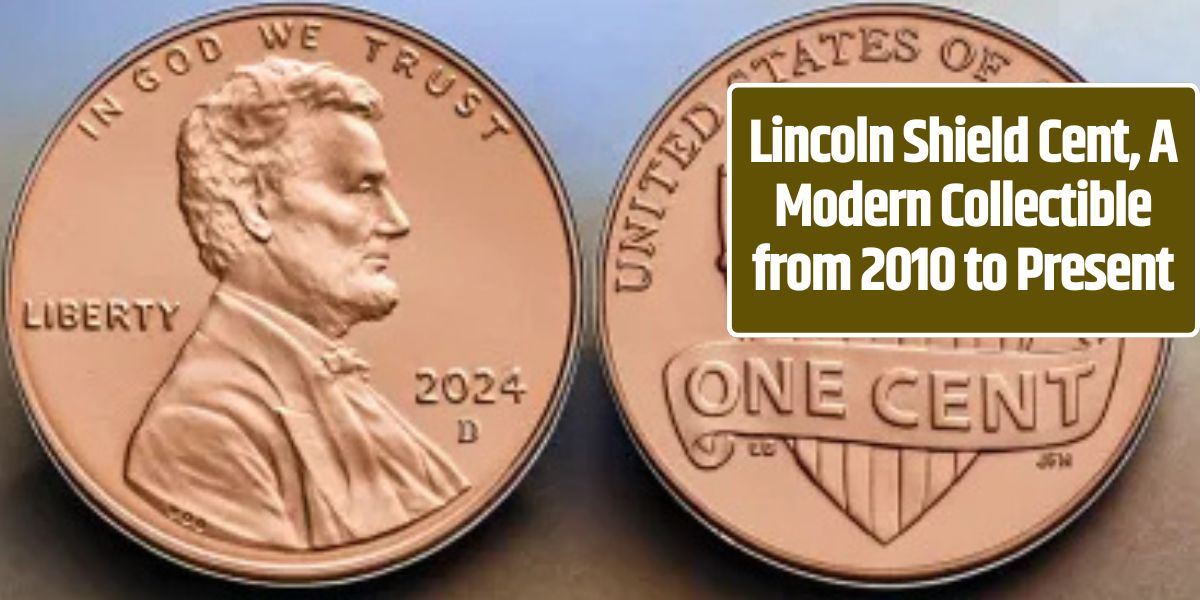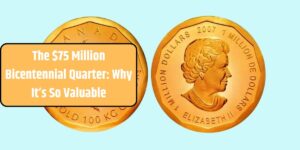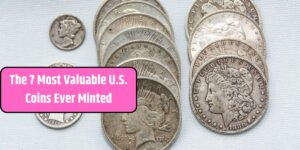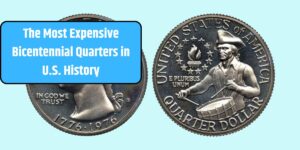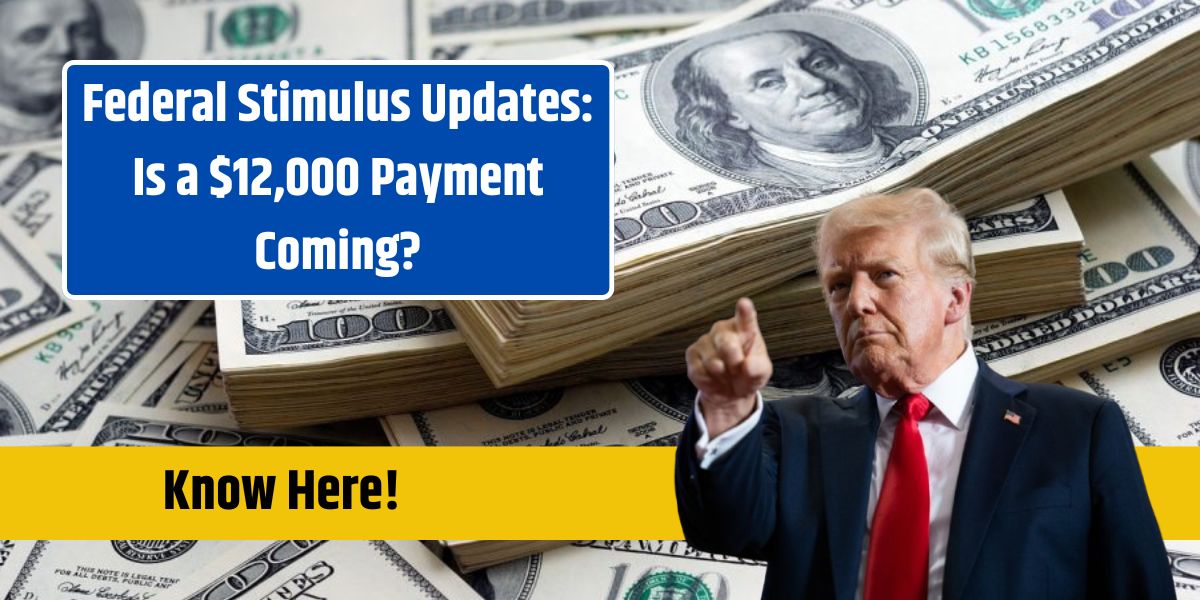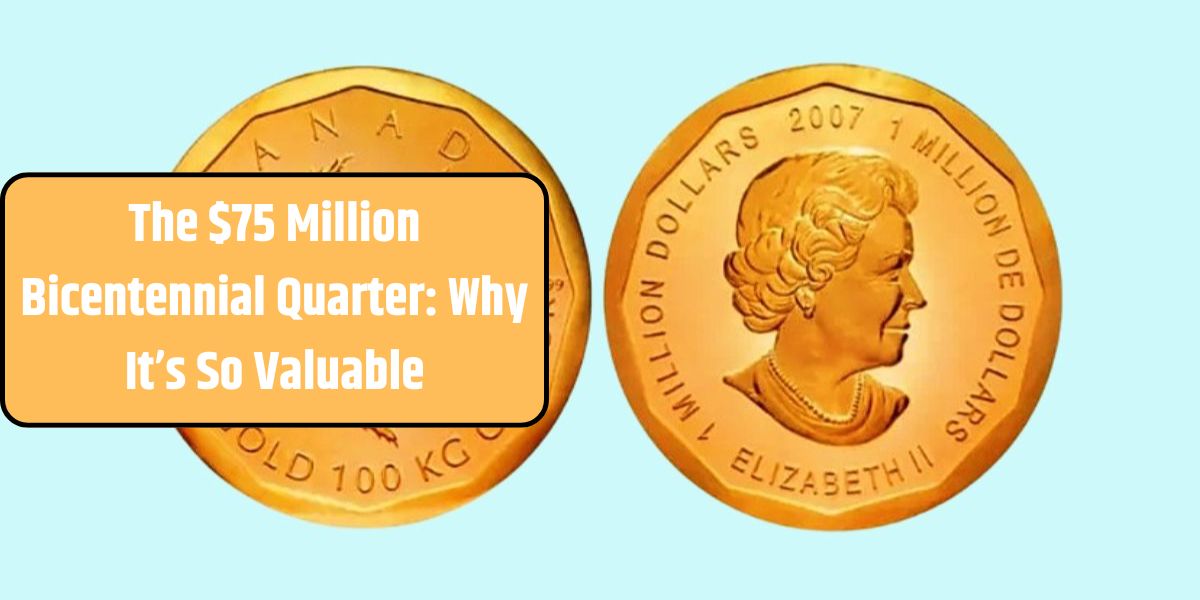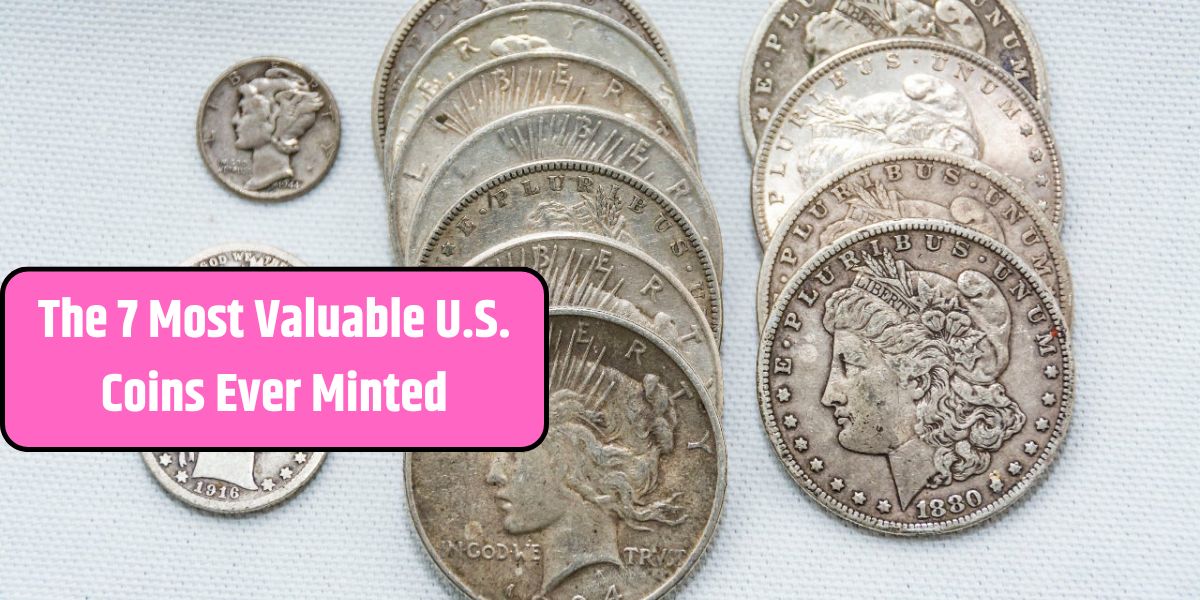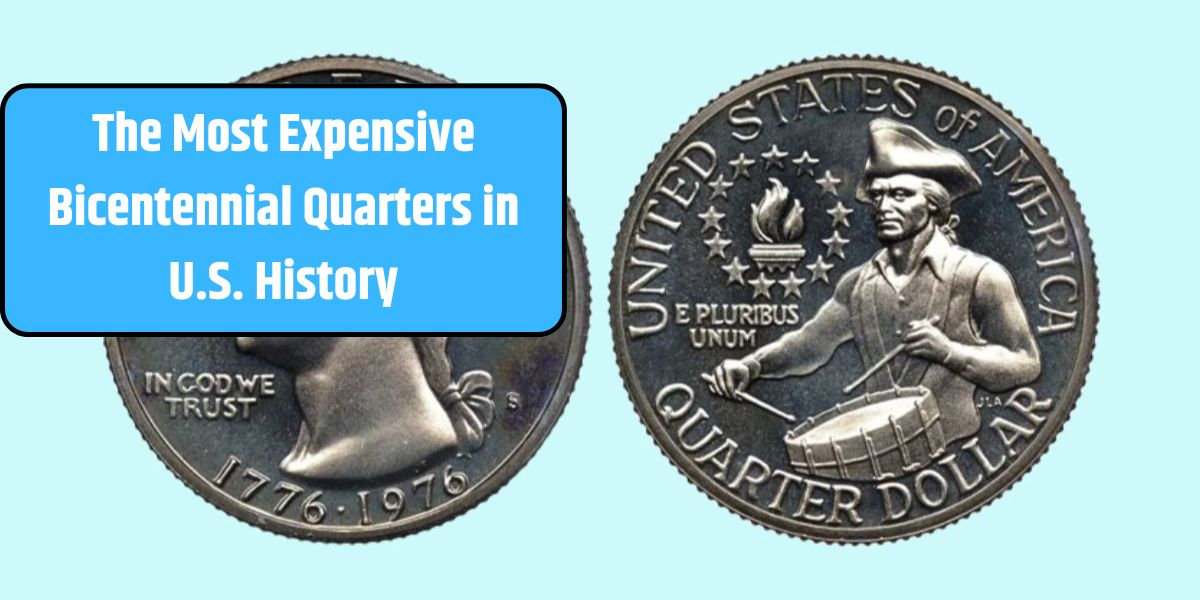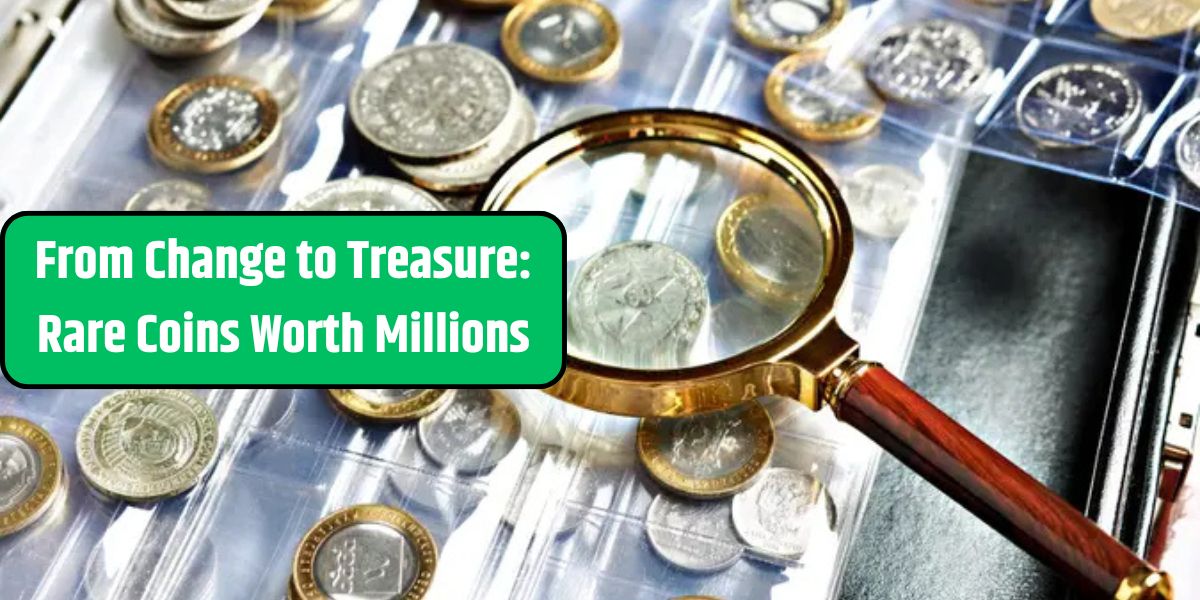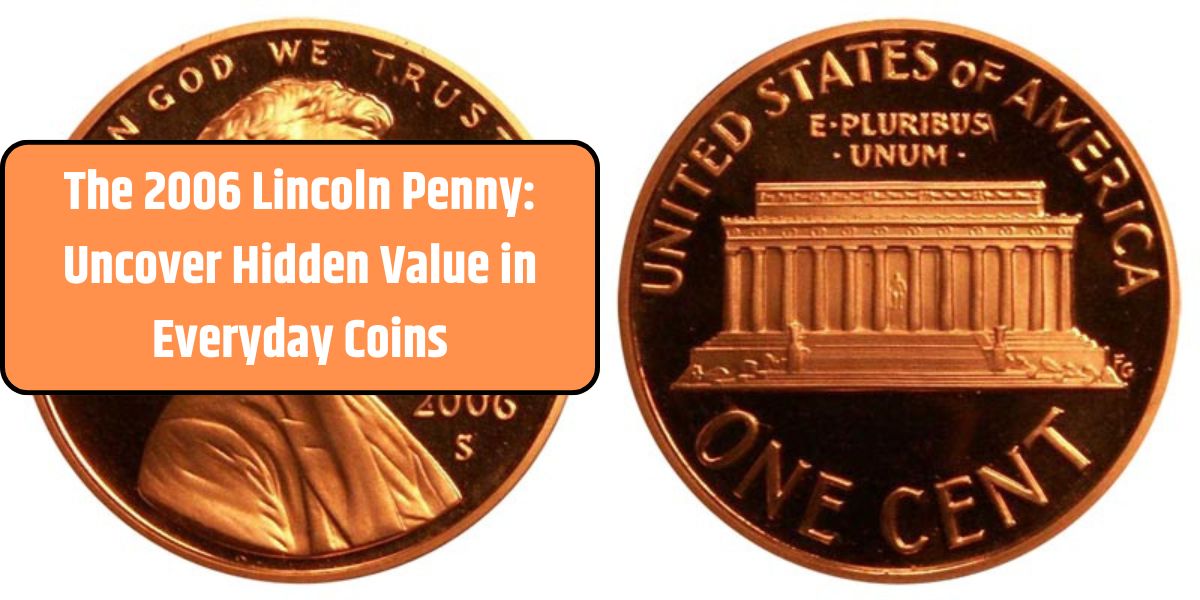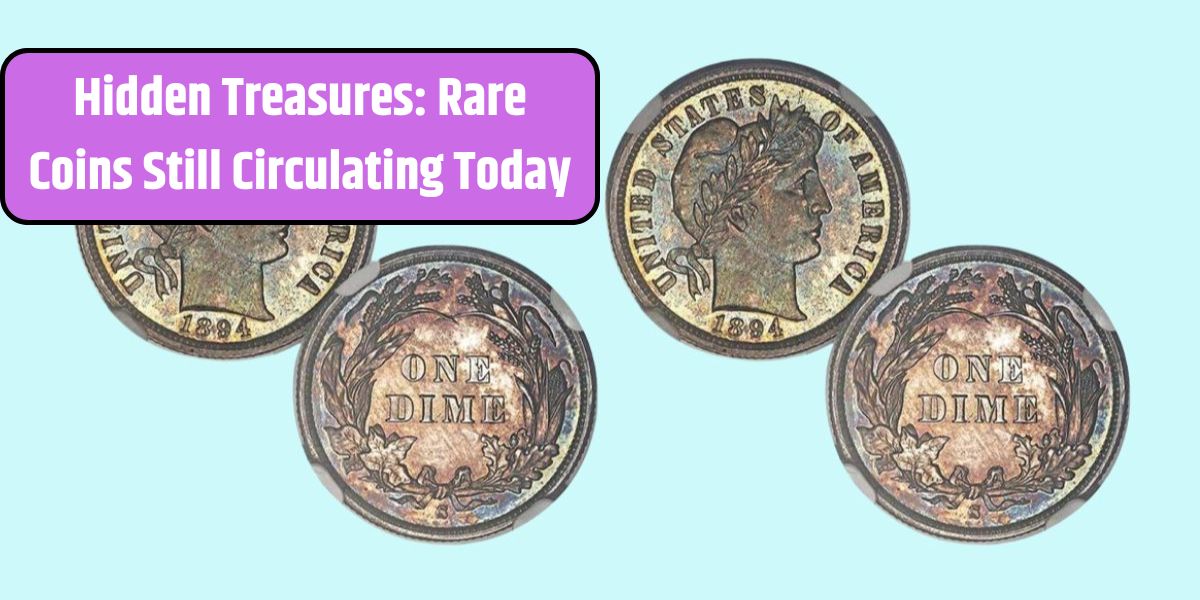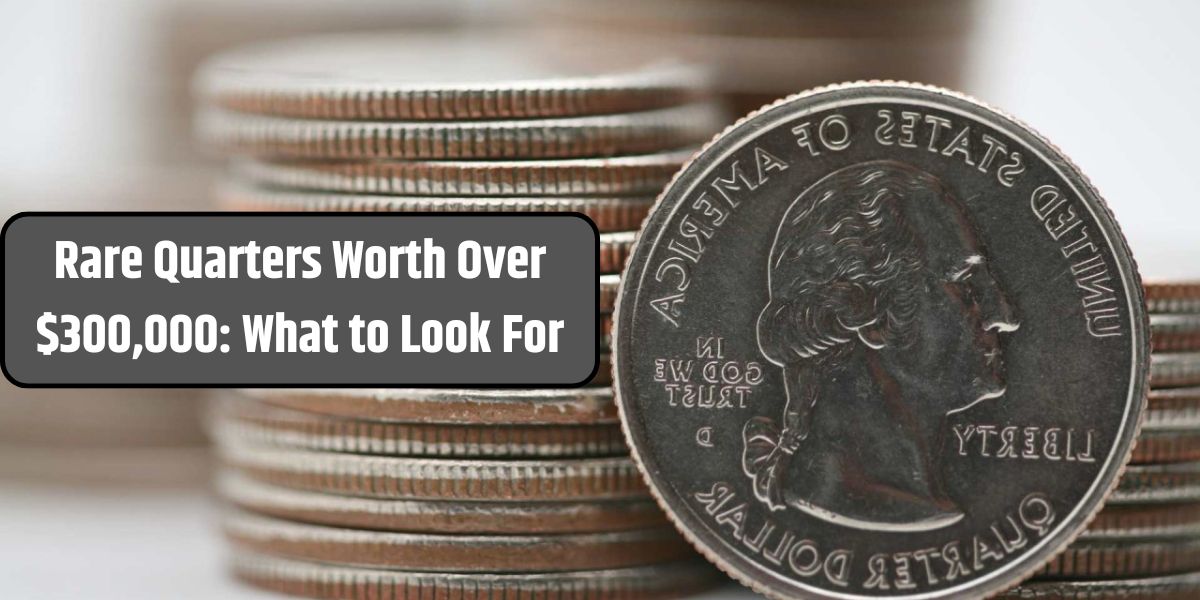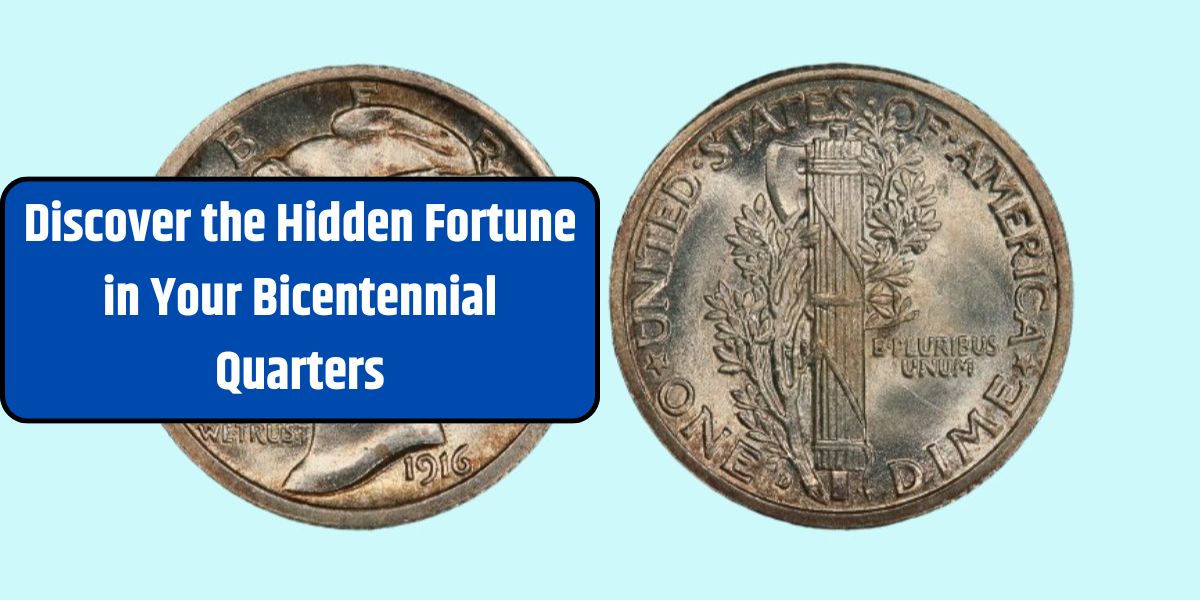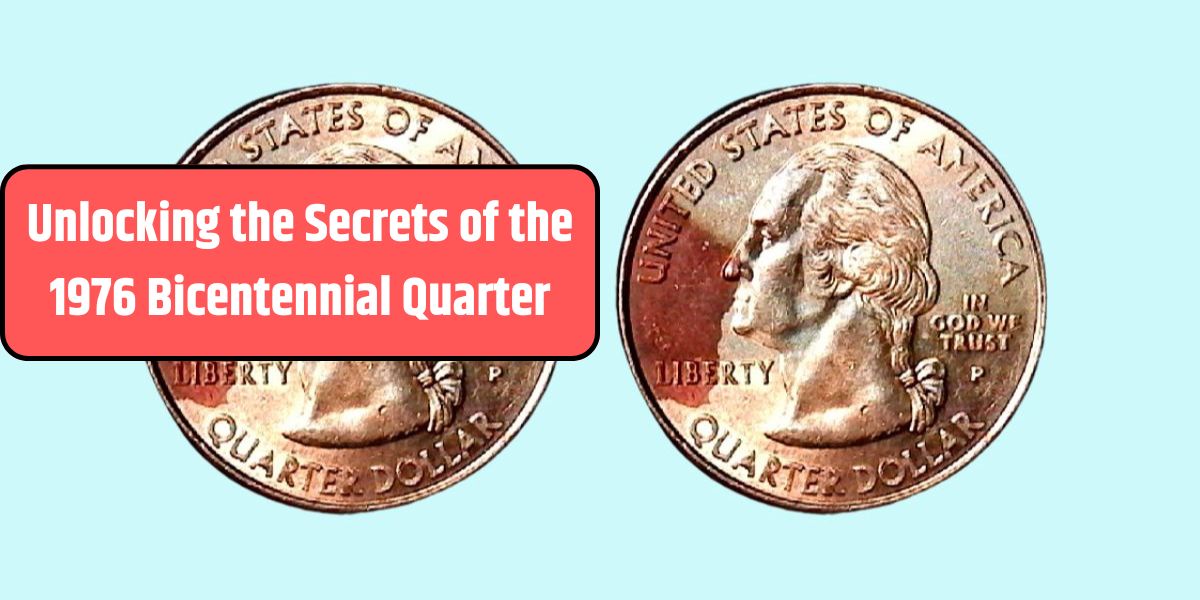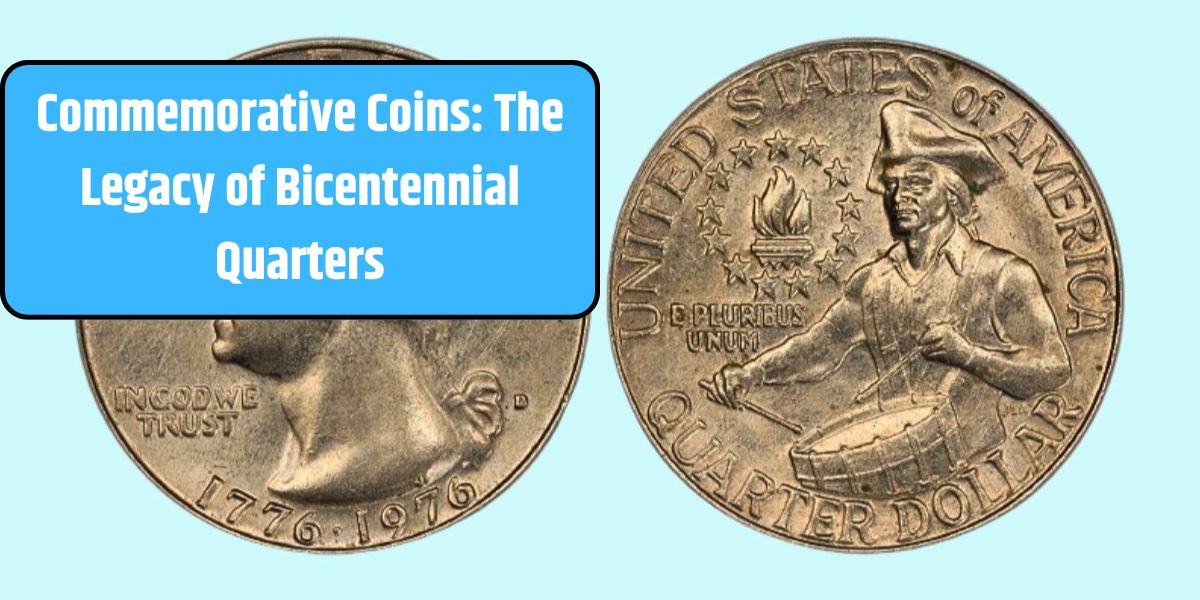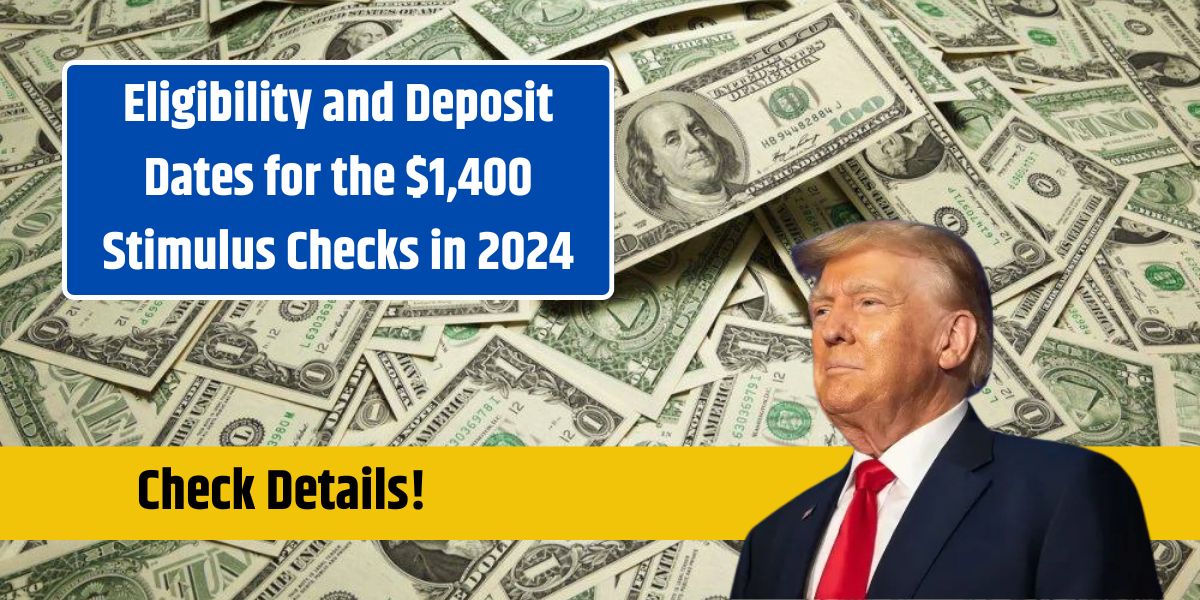The Lincoln Shield Cent, introduced in 2010, continues the long-standing tradition of the Lincoln cent series. This coin, which features Abraham Lincoln on the obverse, replaced the Lincoln Memorial reverse design that had been in use since 1959. The Shield Cent highlights Lincoln’s efforts to preserve the Union during the Civil War, symbolized by the Union shield on the reverse. This design honors both Lincoln’s legacy and the country’s unity, continuing the U.S. Mint’s tradition of commemorating important national themes.
Origins and Historical Context
The Lincoln Shield Cent was created as part of the Presidential $1 Coin Act of 2005, which aimed to honor U.S. presidents and other significant historical moments. The coin’s design was introduced in 2010, adding a Union shield to the reverse, a symbol reflecting Lincoln’s role in preserving the United States during the Civil War.
The design selection process included multiple alternatives, including a wheat sheaf design, which was ultimately rejected for its similarity to Germany’s 1924 2-pfennig coin. The shield design was chosen for its powerful representation of unity, featuring 13 vertical stripes representing the original colonies, with a single horizontal bar symbolizing the strength of the nation. The motto “E Pluribus Unum,” meaning “Out of many, one,” is prominently inscribed to reinforce the theme of unity.
Design of the Lincoln Shield Cent
Obverse Design: The obverse of the Lincoln Shield Cent features the classic portrait of Abraham Lincoln, originally created by Victor David Brenner in 1909. This was the first U.S. coin to feature a real person. The inscription “In God We Trust” appears above Lincoln’s head, with “Liberty” to the left and the year and mintmark to the right. Notably, in 2017, the Philadelphia Mint added a “P” mintmark to commemorate its 225th anniversary, making this the only year that Philadelphia-minted Lincoln cents bear a mintmark.
Reverse Design: The reverse design of the Lincoln Shield Cent is a powerful reminder of the nation’s unity, with the shield symbolizing Lincoln’s dedication to preserving the Union. The 13 vertical stripes represent the original colonies, while the horizontal bar shows the strength of the unified nation. This design also includes the inscription “E Pluribus Unum,” reinforcing the theme of national unity.
Minting and Mintage Figures
The Lincoln Shield Cent has been continuously minted since 2010 at three primary mints: Philadelphia (P), Denver (D), and San Francisco (S). Most Philadelphia-minted coins do not have a mintmark, with the notable exception of the 2017-P cent, which was issued as part of the Philadelphia Mint’s anniversary celebration.
Read Also- 2025 SSI Increase – Social Security Makes New Check Amounts Official
Philadelphia and Denver produce both uncirculated and circulation-quality coins, while proof coins are struck at the San Francisco Mint. Collectors prize proof editions for their sharp details and mirror-like surfaces.
| Mint Location | Production Type | Mintmark |
|---|---|---|
| Philadelphia (P) | Circulation, Uncirculated | No mintmark (except 2017-P) |
| Denver (D) | Circulation, Uncirculated | D |
| San Francisco (S) | Proof | S |
Value and Composition
The Lincoln Shield Cent is composed primarily of zinc (97.5%) with a copper coating (2.5%). Each coin has a diameter of 19 mm and weighs about 2.5 grams. While the coin holds its face value in general circulation, its value can increase in uncirculated or proof condition. For example, a 2010-S Proof Lincoln Cent in pristine condition might be worth around $3, while a 2019-W Reverse Proof could fetch up to $10.
Notable Varieties and Special Editions
Several special editions and varieties of the Lincoln Shield Cent have caught the attention of collectors:
- 2017-P: The first Lincoln cent to feature the “P” mintmark, commemorating the 225th anniversary of the Philadelphia Mint. This edition was released without prior announcement, making it a surprise for collectors.
- 2019-W: The West Point Mint struck Uncirculated, Proof, and Reverse Proof Lincoln Shield Cents, which were included in exclusive Mint sets. These coins have become highly sought after by collectors.
Additionally, various error coins—such as those with die cracks, off-center strikes, and duplicate dies—can fetch premiums due to their rarity.
The Future of the Penny and Ongoing Debates
Despite the Lincoln Shield Cent’s iconic status, there is ongoing debate about the future of the penny. The cost to produce each penny exceeds its face value, with the U.S. Mint estimating production costs at 1.82 cents per coin. Discussions about eliminating the penny have persisted, but no formal legislation has been passed to discontinue its circulation.
In 2026, as part of the U.S. Semiquincentennial (250th Anniversary), the Lincoln cent design will undergo another redesign. However, it is unclear if the Shield design will return after this change.
The Lincoln Shield Cent holds an important place in U.S. numismatics, not only as a reminder of Lincoln’s contributions but also as a collectible coin with significant historical value. Its enduring design and the growing popularity of its special editions make it a staple for collectors.
FAQs:
What makes the 2017-P Lincoln Shield Cent unique?
The 2017-P cent was the first and only Lincoln cent to bear the “P” mintmark, released to commemorate the 225th anniversary of the Philadelphia Mint.
What is the composition of the Lincoln Shield Cent?
The coin is made of 97.5% zinc and 2.5% copper.
Are Lincoln Shield Cents valuable?
In circulated condition, they are worth face value. However, uncirculated coins and special editions like Proofs can be worth more, especially to collectors.

